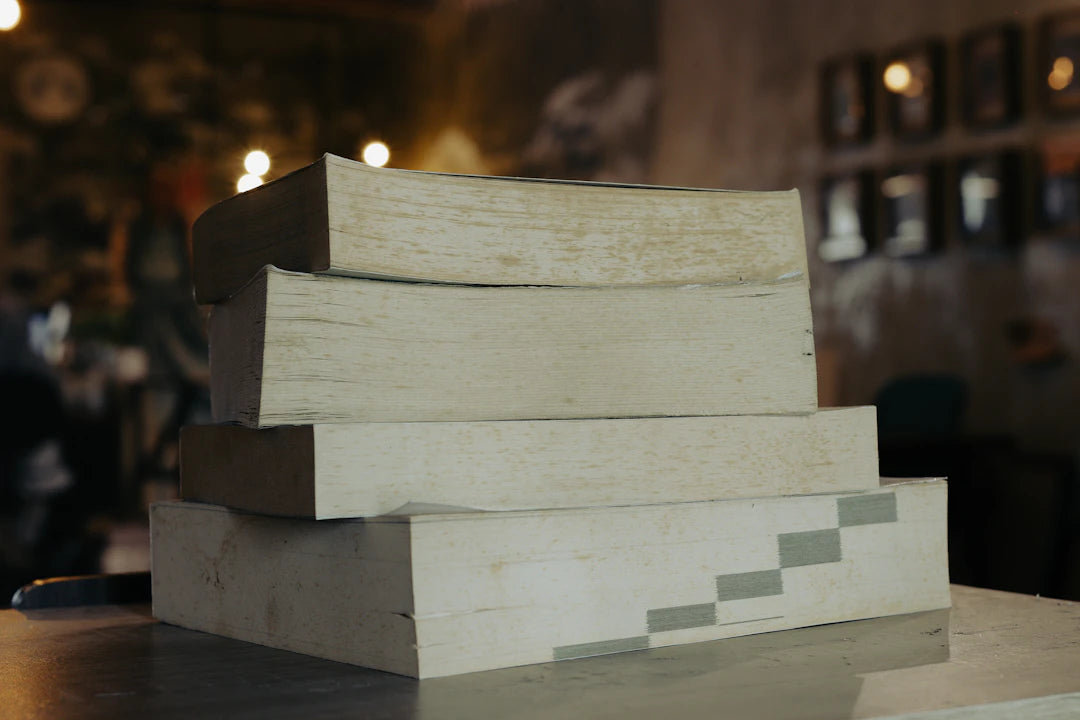Overview
Proper storage of formwork plywood is essential for durability and performance. Key tips include: store in a dry, temperature-controlled environment; stack sheets flat and elevated; ensure good ventilation; use protective covers; and conduct regular inspections. Replace plywood showing visible damage or instability to maximize your investment and ensure successful construction projects.
Frequently Asked Questions
1. What is formwork plywood?
2. How should formwork plywood be stored?
3. What are the best environmental conditions for storing plywood?
4. How often should I inspect my stored plywood?
5. When should I consider replacing my plywood?
In the construction world, formwork plywood plays a crucial role in achieving a successful project. Whether you’re working with Vinawood HDO plywood or mdo plywood, proper storage can significantly extend the lifespan of your materials and boost your productivity on the job site. This guide provides you with essential tips on how to properly store your formwork plywood for optimal results.
Understanding Formwork Plywood
Formwork plywood is renowned for its durability and strength, designed to support the concrete until it sets and cures. Different types include Vinawood HDO plywood, which is known for its high durability, and mdo plywood, commonly used for its smooth surface and versatility. By knowing the unique characteristics of these materials, you can better understand the importance of proper storage.
Factors to Consider for Plywood Storage
Proper storage of formwork plywood includes several factors that need to be addressed to maintain its quality. Let’s break them down:
1. Environment
The environment where you store your plywood is critical. Exposure to moisture, extreme temperatures, and direct sunlight can deteriorate plywood quality:
- Humidity: Keep your plywood in a dry area to prevent swelling and warping.
- Temperature: Avoid extremely hot or cold conditions that can weaken your plywood materials.
- Sunlight: Shield your plywood from direct sunlight to prevent fading and degrading of its surface.
2. Surface Preparation
Before placing your plywood, ensure the storage surface is clean, dry, and flat. Uneven or dirty surfaces can cause the plywood to become misshapen or damaged. A concrete slab is ideal for long-term storage.
3. Stack Wisely
How you stack your plywood matters a great deal:
- Flat Stacking: Place sheets of plywood flat rather than on edge to reduce the risk of warping.
- Alternate Directions: When stacking multiple sheets, alternate the direction of the plywood to provide better stability.
- Elevation: Use pallets or raised platforms to keep plywood off the ground, avoiding moisture absorption.
The Importance of Proper Ventilation
Good ventilation is essential for the longevity of your plywood. When storing a large quantity, ensure there is enough airflow around each sheet. This reduces the likelihood of moisture buildup and helps maintain a stable temperature. If possible, store plywood outdoors in a covered area with airflow or in a shed with adequate ventilation.
Using Protective Covers
Consider utilizing covers to guard your formwork plywood against physical damage and environmental factors:
- Tarps: Heavy-duty tarps can protect against rain and debris while allowing some moisture control.
- Plastic Wrap: Using plastic shrink wrap can provide a snug fit and a barrier against moisture. However, ensure the plywood is dry before wrapping, as trapped moisture can cause damage.
Regular Inspections
Periodic inspections are essential in maintaining the quality of your stored plywood:
- Check for Damage: Inspect each sheet periodically for signs of warping, mold, or physical damage.
- Look for Moisture: Especially during humid months, monitor the humidity levels around your stored plywood.
- Organize Regularly: Keep the storage area organized to easily identify and access any damaged sheets before they can impact your projects.
When to Replace Your Plywood
No matter how well you maintain your storage methods, some wear and tear on plywood is inevitable. Knowing when to replace your Vinawood HDO plywood or mdo plywood is crucial:
- Visible Damages: Cracks, splits, or severe warping suggests the plywood may no longer be suitable for use.
- Surface Deterioration: If the protective surface shows severe degradation, it may impair concrete quality.
- Structural Integrity: If you notice instability or inability to hold up under load, consider replacing the plywood.
Maximizing Your Investment
Properly storing your formwork plywood not only extends its life but also helps you get the most out of your investment. Whether utilizing Vinawood HDO plywood for its durability or choosing mdo plywood for its versatility, mindful storage practices can save you money down the line.
Conclusion: Storage Strategies for Success
Remember, the way you store your plywood can make a significant difference in its longevity and usability. Embrace a proactive approach by maintaining an ideal environment, stacking properly, ensuring ventilation, and conducting regular inspections. By doing so, you’ll be able to unlock the full potential of your formwork plywood and ensure your construction projects go off without a hitch!
Linked Product

HDO Basic 2S Formply
HDO Basic 2S Formply is designed for concrete forming applications, offering a durable surface that withstands abrasion, moisture, and chemicals. Made from 100% hardwood and WBP glue, this plywood can be reused multiple times without compromising its performance. Its smooth, uniform surface ensures reliable results in various construction projects, making it a practical choice for contractors.
View Product
